About Us
Founded by Harold Warp in 1953
Warp was born in 1903 on a Nebraska homestead and in 1924 went to Chicago to manufacture Warp’s Plastics products. The construction of the Pioneer Village was actually triggered by the sale in 1948 of the country school Mr. Warp had attended as a child. With the help of his sister Clara and her husband Col. T.C. Jensen, Harold built the collection showing “How America Grew.”
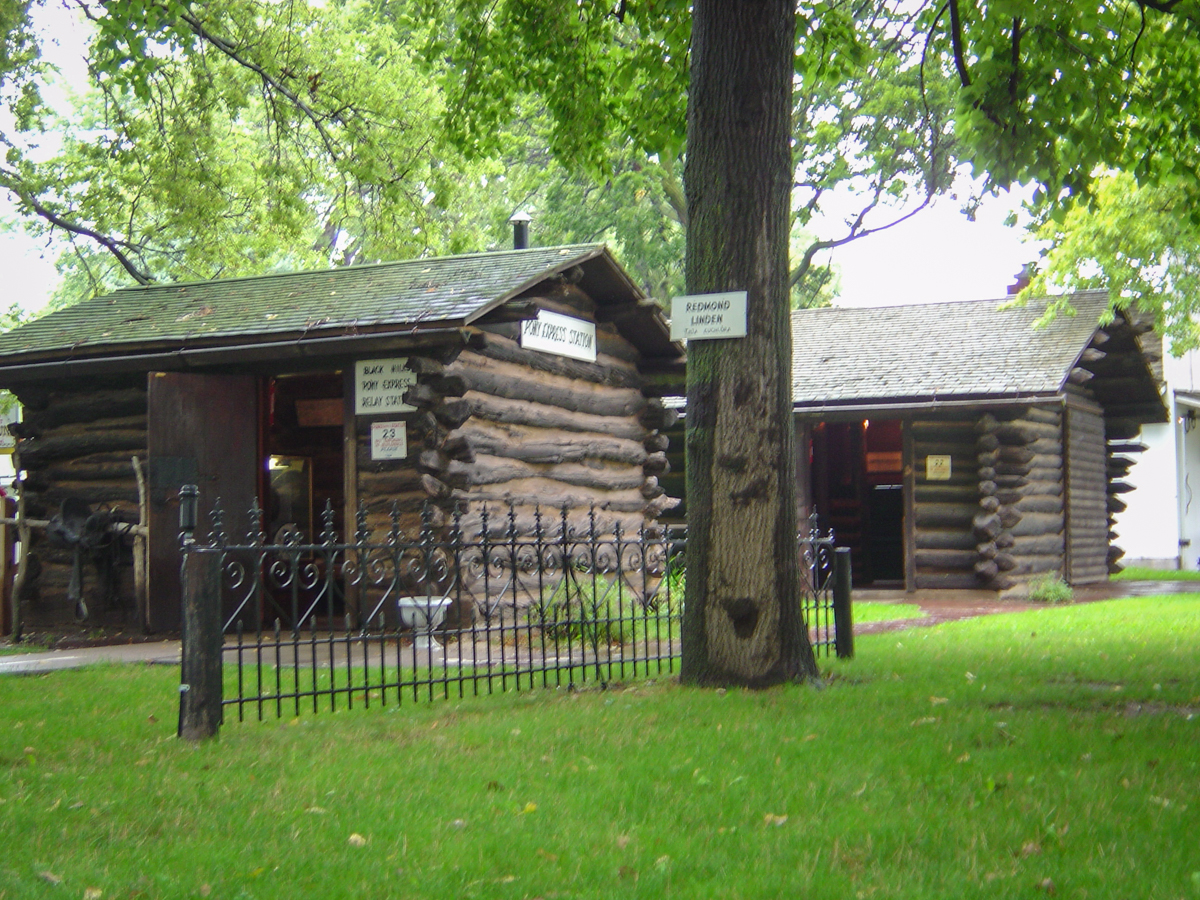
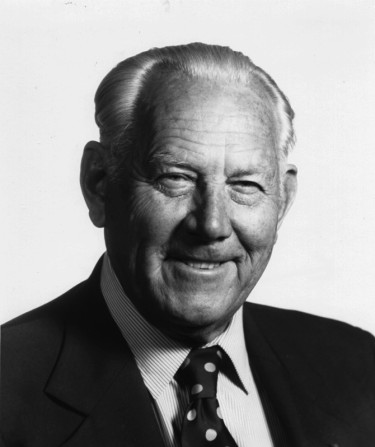
How We Got Started
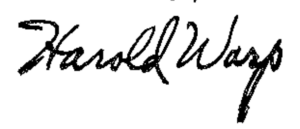
Many folks linger longer than planned, so allow at least half a day for your visit. Stay as many days as you please, multiple day admission tickets are available. Pioneer Village is one of the nation’s best-planned and most comprehensive collections of Americana, covering the period from 1830 to the mid-1980s. Originally started as a private endeavor, the museum is now operated as a 501(c)(3) Foundation, able to receive tax-deductible donations.
Our Mission
The desire of Harold Warp was to create a place where people of all ages could witness the incredible progress that took place in our country from the 1830s until the 1980s. His passion for the ingenuity of the human spirit can be felt throughout the entire facility. The mission of the Pioneer Village is to continue to uphold Harold’s vision and his desire to share this impressive collection with generations to come.
Our Programs
Plan a trip today!
![]() Pioneer Village has something to fascinate every member of the family… Your visit will be HIGHLY EDUCATIONAL, INTERESTING, and ENTERTAINING. It’s the only Museum of Progress in the United States where you can “See How America Grew.” This wonderful museum includes thousands of items placed in their chronological order of development. Planning a group visit? Contact us for additional details.
Pioneer Village has something to fascinate every member of the family… Your visit will be HIGHLY EDUCATIONAL, INTERESTING, and ENTERTAINING. It’s the only Museum of Progress in the United States where you can “See How America Grew.” This wonderful museum includes thousands of items placed in their chronological order of development. Planning a group visit? Contact us for additional details.
Take a short survey
You are invited to participate in a research study because you are connected to the Harold Warp Pioneer Village as visitor of the museum or website. Please click this link to help us learn more about your experience.
Thank you!
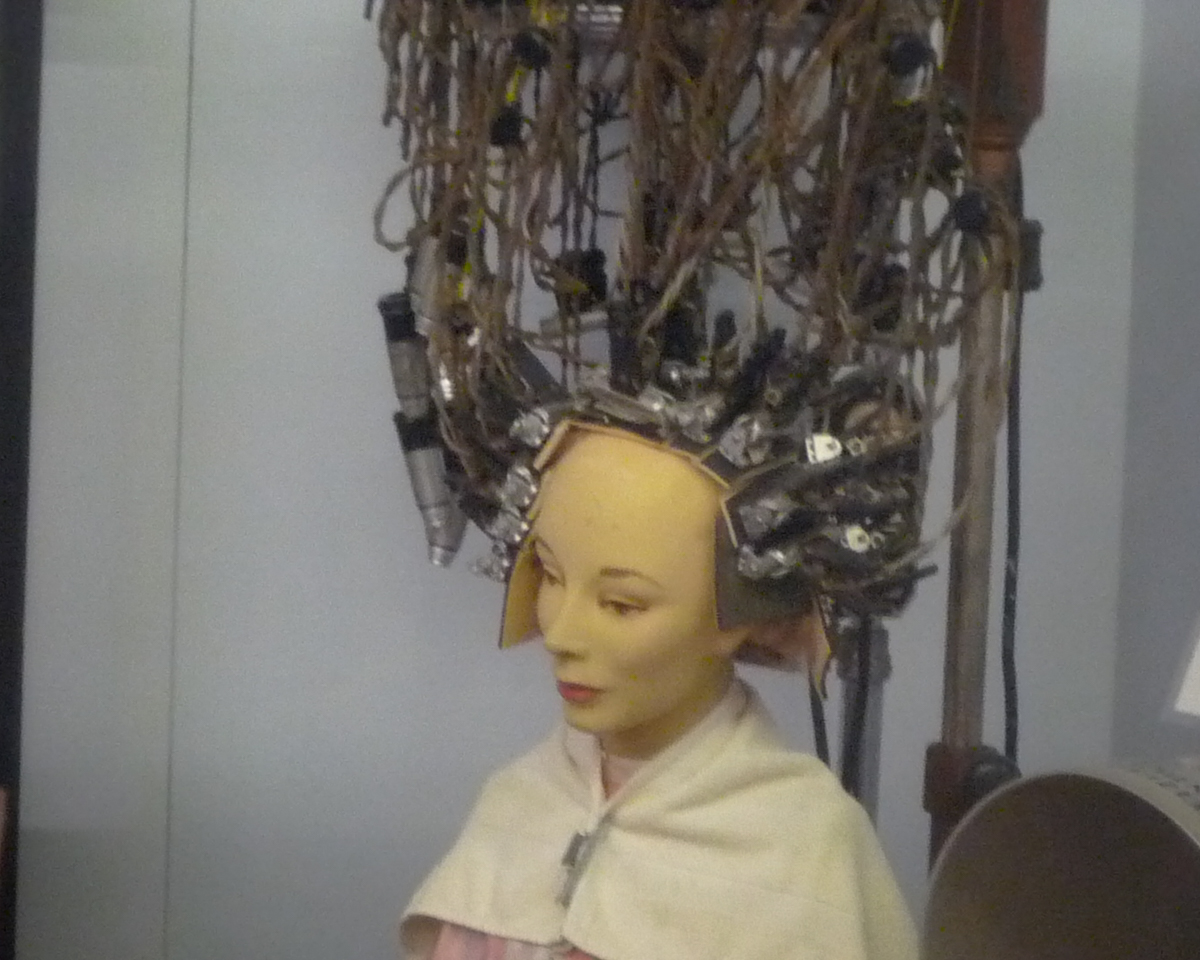
Inventions
Over 50,000 items, large and small, are grouped chronologically in several large buildings. Harold Warp chose the year 1830 for the beginning of each exhibit, corresponding to when man learned to roll steel, draw wire and hold steam under pressure.
In these exhibits are most of the important scientific inventions used every day in homes, transportation, communications and agriculture. Signs which give facts about each exhibit and its place in history aid viewers.
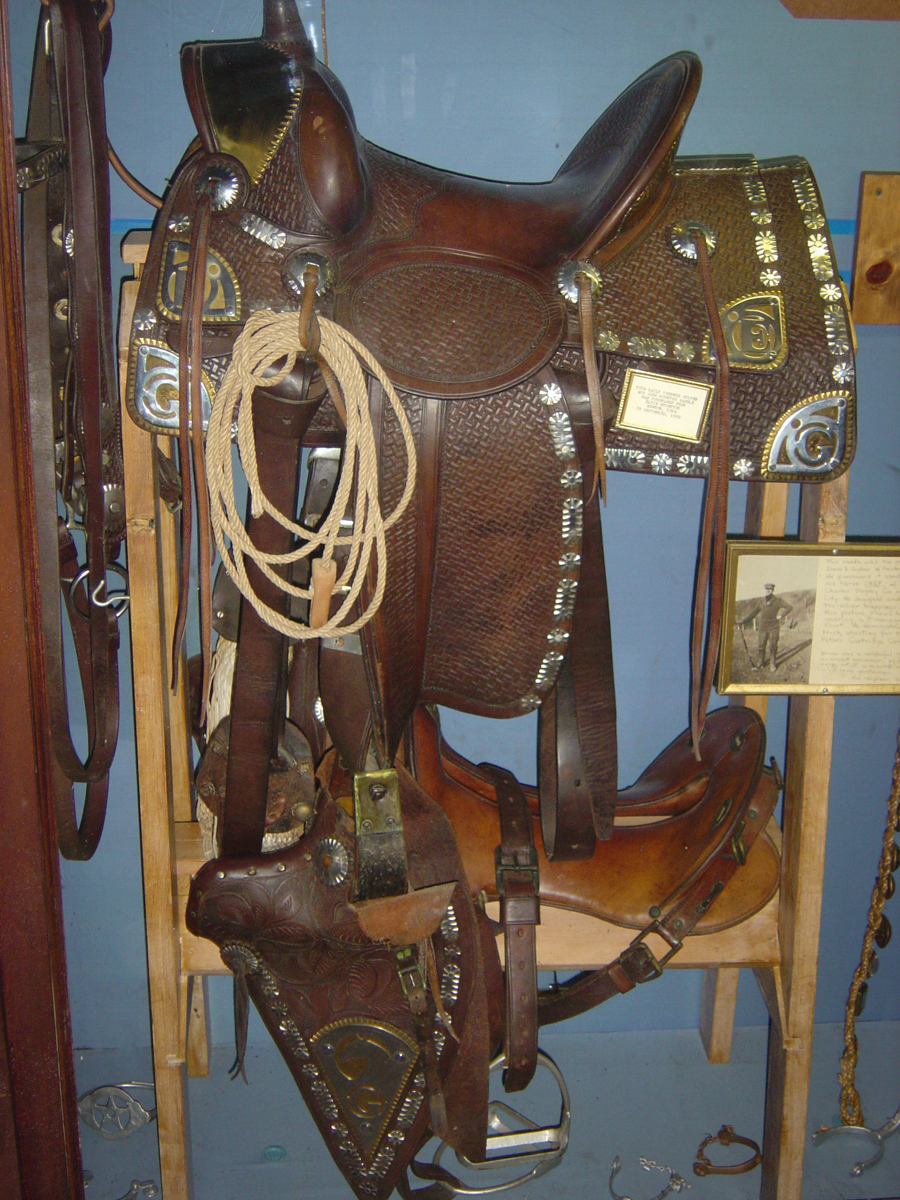
Buffalo Bill's Saddle
See a Pony Express station where Buffalo Bill’s saddle rests in a glass case.
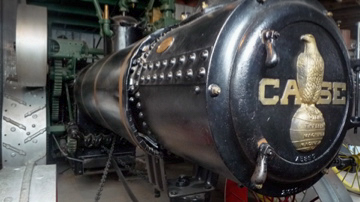
The Power of Steam
Farmers—see one of the largest farm-tractor exhibit in the world. Start with an 1830 treadmill and follow the development, including some of the largest steam tractors and earth-moving machines. See the evolution of plows, planters, cultivators, harvesters, threshers, shellers, and haying equipment, too.
